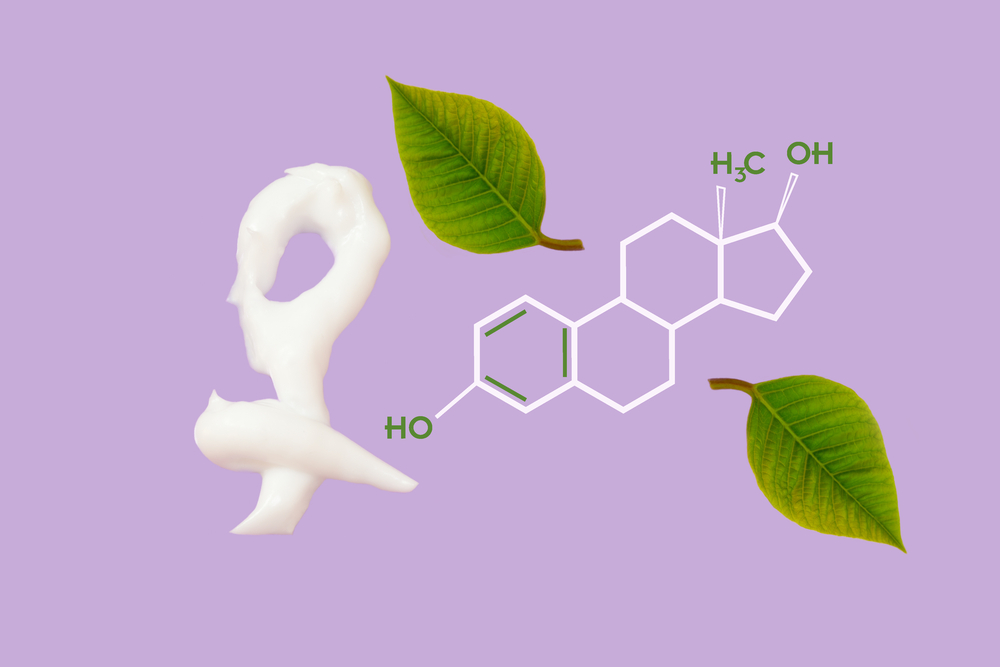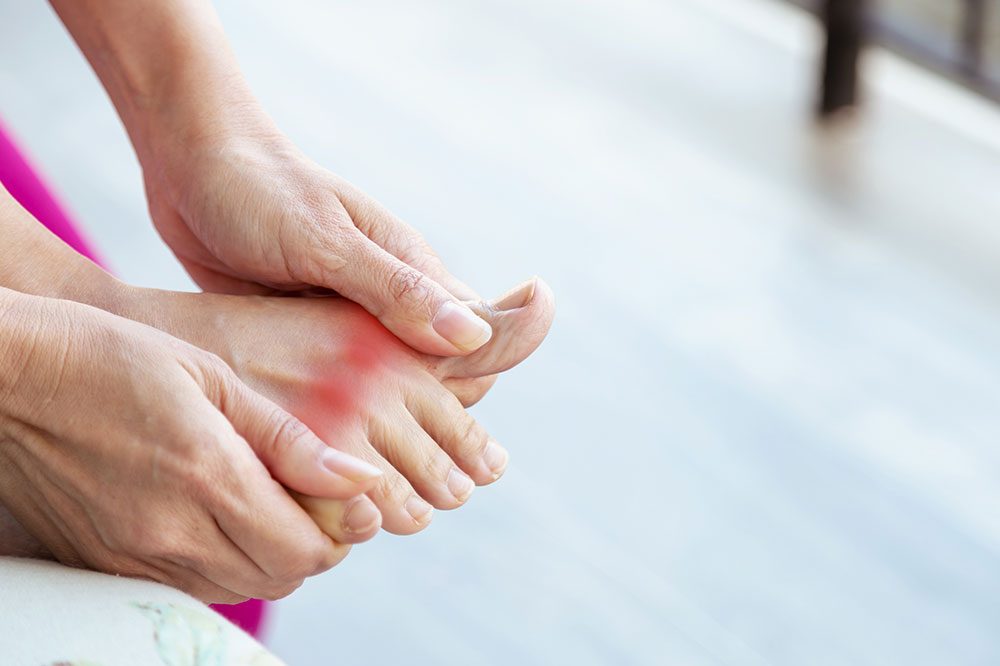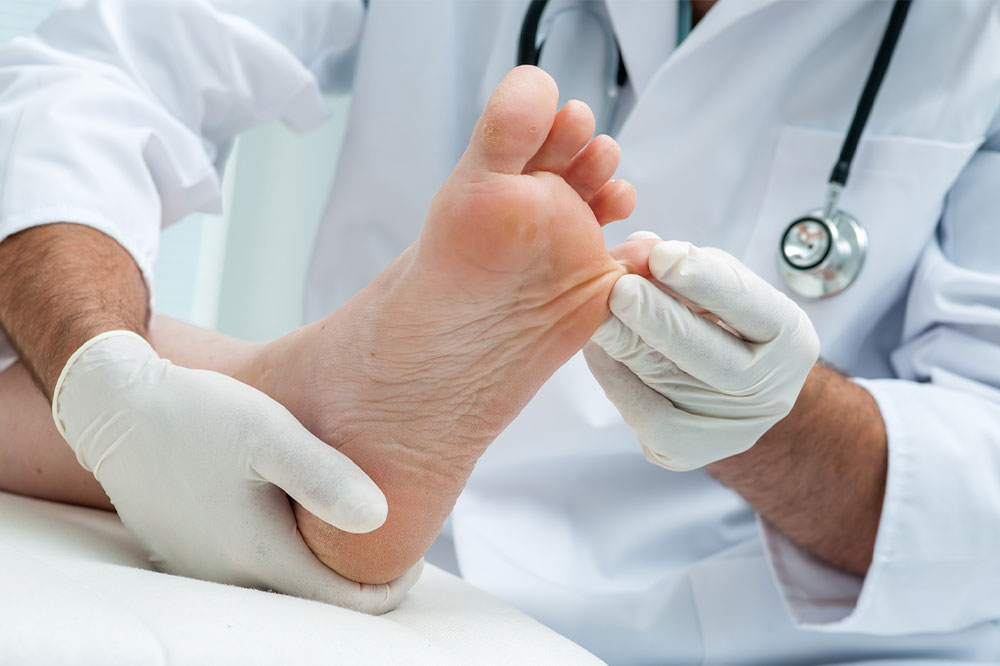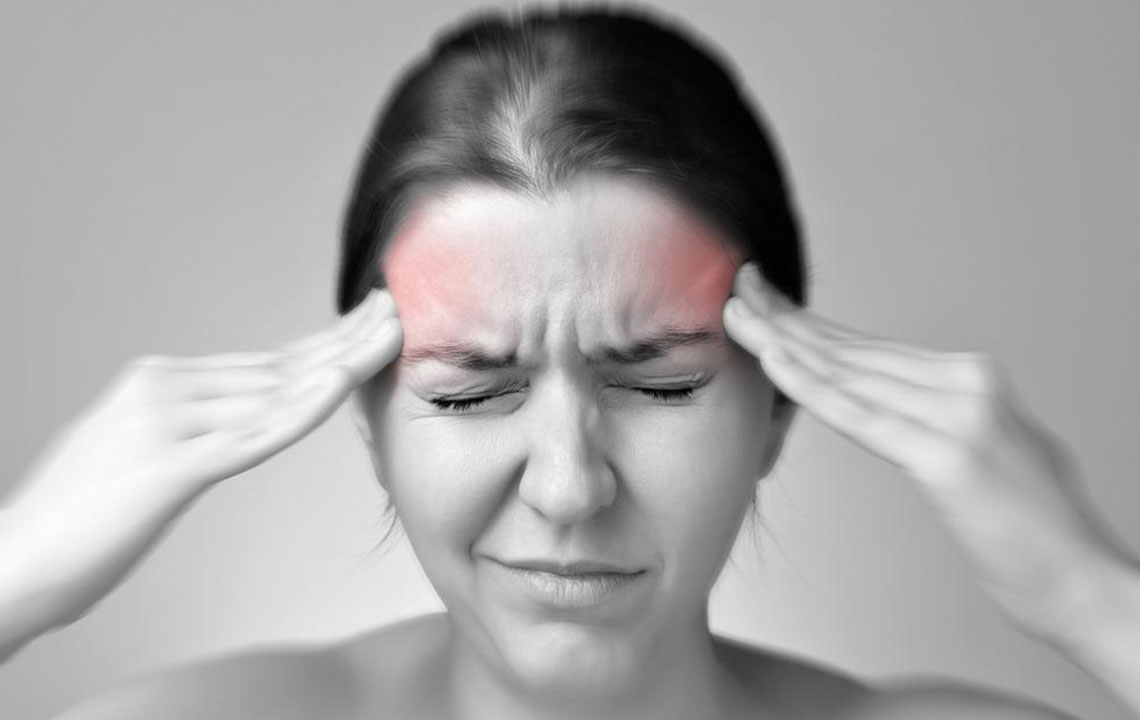Understanding Vaginal Atrophy: Causes, Symptoms, and Treatment Options
This article explores vaginal atrophy, its causes, symptoms, and treatment options. It highlights the effects of hormonal changes post-menopause, diagnostic methods, and current therapies including estrogen-based treatments and emerging research into new approaches. Understanding GSM can help women seek timely care and find effective symptom relief, improving their quality of life during and after menopause.

Understanding Vaginal Atrophy: Causes, Symptoms, and Treatment Options
"Appreciate what you have while striving for what you desire." – Helen Keller
Vaginal atrophy, common after menopause, results from aging-related changes in the reproductive system. However, it’s not limited to post-menopause; fluctuations in estrogen levels from menarche onward influence the condition. Known as genitourinary syndrome of menopause (GSM), vaginal atrophy affects both the vaginal and urinary systems. Traditional treatments have limitations, prompting ongoing research for more effective solutions.
What is vaginal atrophy?
The thinning and loss of elasticity of vaginal tissues and muscles.
This leads to decreased lubrication, discomfort, and painful intercourse (dyspareunia).
Prevalence of GSM
Accurate estimation is difficult due to underreporting, as many women avoid seeking medical assistance.
Unawareness that symptoms relate to hormonal changes often causes delays in diagnosis.
Symptoms associated with vaginal atrophy
Symptoms include dryness, burning, itching, abnormal discharge, painful intercourse, and minor bleeding after sex.
Urinary issues such as frequent urination, burning, urgency, and incontinence frequently accompany the condition.
Psychological effects like feeling unattractive, insecurity, and depression may occur in severe cases.
Factors increasing risk of vaginal atrophy
Primary factor: hormonal changes during menopause.
Smoking reduces blood flow and estrogen effectiveness.
Certain medications, such as contraceptives or those affecting breastfeeding.
Cesarean sections and lack of normal vaginal delivery increase risk.
Sexual inactivity reduces blood circulation in the vaginal area.
Autoimmune conditions like Sjögren’s syndrome and diabetes.
How is it diagnosed?
Medical history and physical exam of pelvic organs to check for other issues such as prolapse.
Assessment of urinary symptoms and exclusion of other conditions.
Vaginal pH and acidity tests, including fluid analysis or use of pH-sensitive indicator papers.
Available treatments
While a permanent cure remains elusive, several treatment options can alleviate symptoms.
Past hormone replacement therapies are now less common due to associated risks.
Moisturizers and lubricants, especially natural oils, provide symptomatic relief but may cause allergies.
Topical estrogen creams, vaginal rings, and tablets are effective; doses should be carefully managed to avoid systemic effects.
Regular sexual activity enhances blood flow and can help improve symptoms.
Emerging treatments include local androgen therapy, with ongoing research into testosterone’s direct effects on vaginal tissue.
Research on SERM and TSEC
Studies on selective estrogen receptor modulators (SERMs) show promise for treating menopausal symptoms and preserving breast and uterine health.
Investigations into tissue-selective estrogen complexes (TSEC) paired with estrogen aim to optimize therapy for vulvovaginal atrophy and other menopause-related issues. Continued research is essential.










